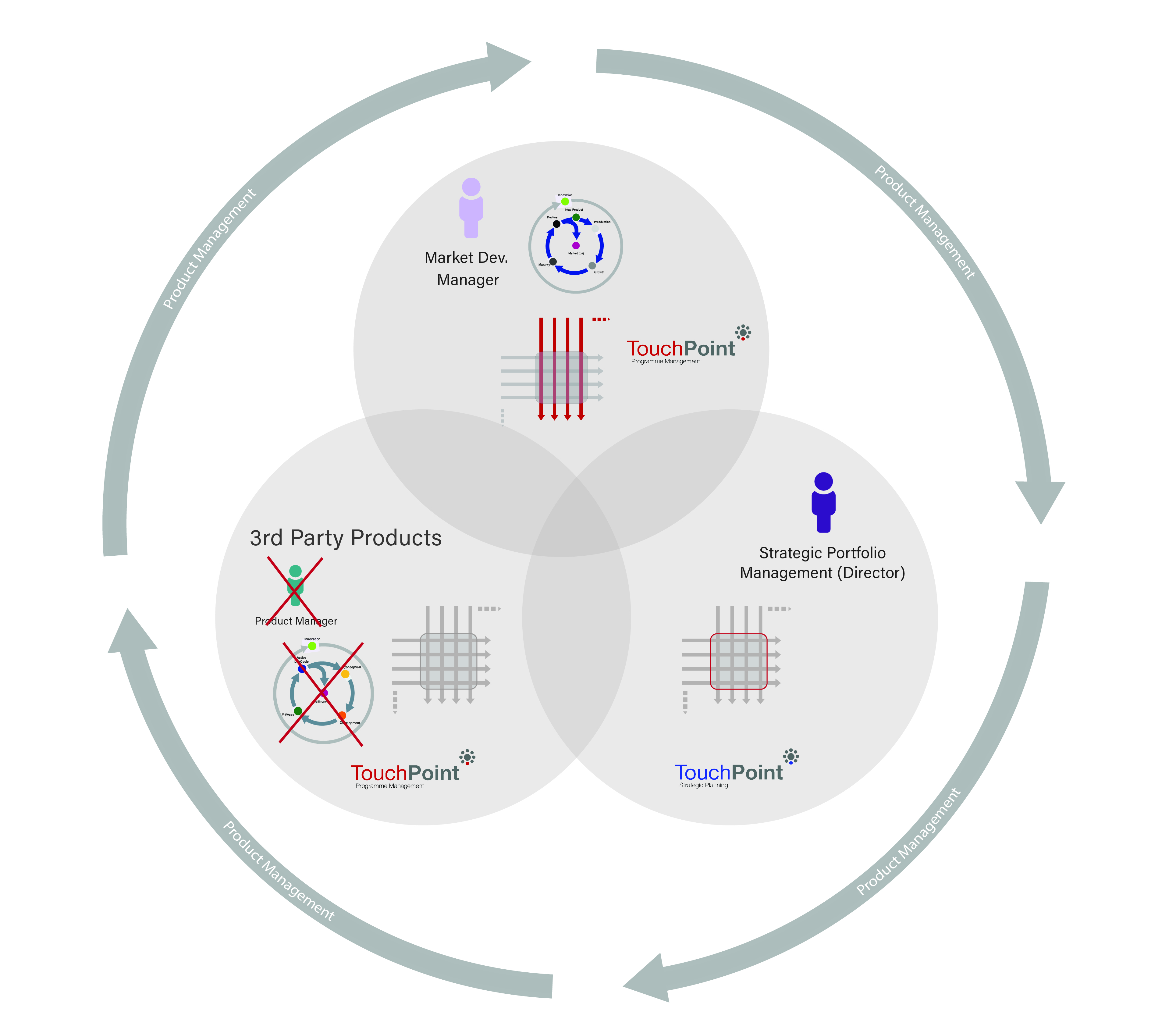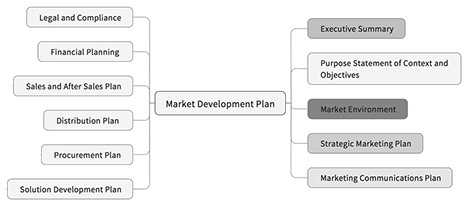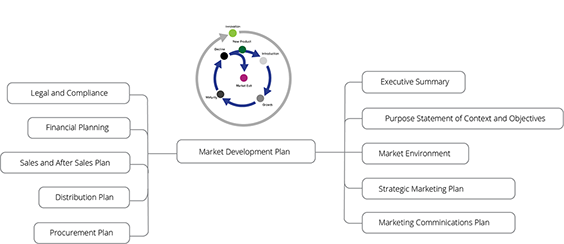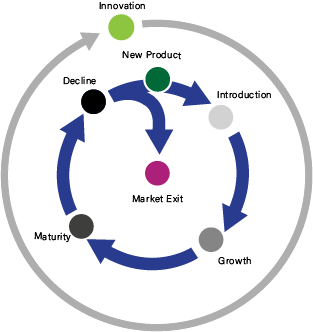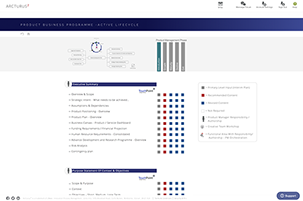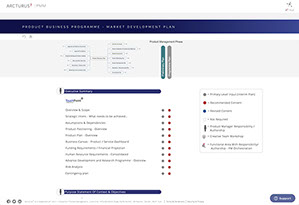Glossary
Logout
©Copyright Arcturus 2022, All Rights Reserved.
7
Terms & Conditions
|
|
|
|
Security & Privacy
Contact
MARKET DEV. (MARKETING) MGR. ALIGNMENT
%20mgr%20alignment%203.png?crc=116902496)
- Product portfolio is entirely made up of 3rd Party Products.
- Market Development aligns products with market solutions
- Purchasing/Procurement and Logistics are core operational abilities
- Product Director, MD/CEO own the strategic portfolio matrix
- Portfolio supported by Operational and Functional Departments
- Programme management and Strategic alignment via multidisciplinary teams
- Special Engineering may additionally develop solutions
- Indicative of ‘Catalogue’ company
- Businesses often employ ‘Product Mangers’ in title only to perform this role
|Business Characteristics / Traits (negative traits shown in red)
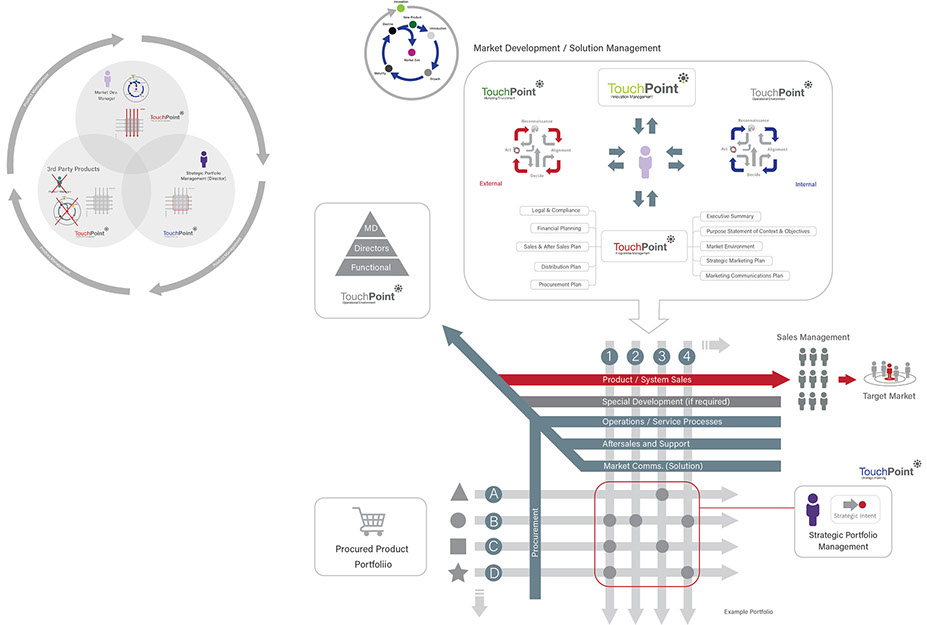
Market Development Alignment
.jpg)
‘Click to Expand’


| Product Marketing LifeCycle - Market Development
The second LifeCycle, which is interrelated with the first, is a Product LifeCycle from a market perspective. There are five phases to this LifeCycle:
‘Hover and Click’ below to view the Market Development - Active LifeCycle Programme
Market Development Business Plan:
Active LifeCycle Programme:
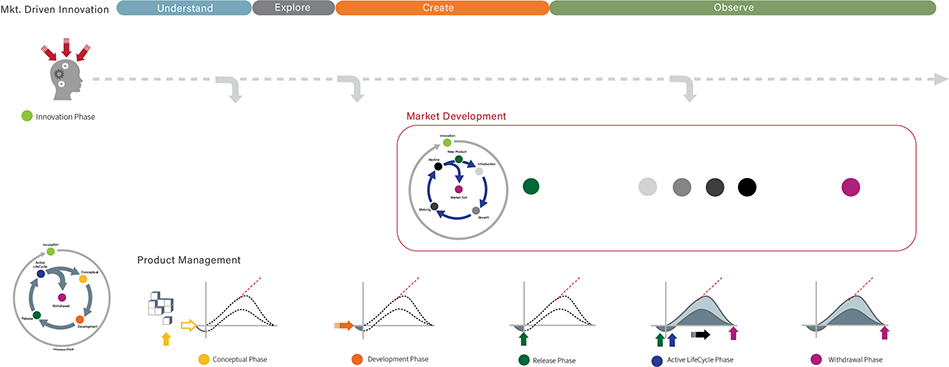
| Product Marketing LifeCycle - Market Development Vs Regional / Segment Development
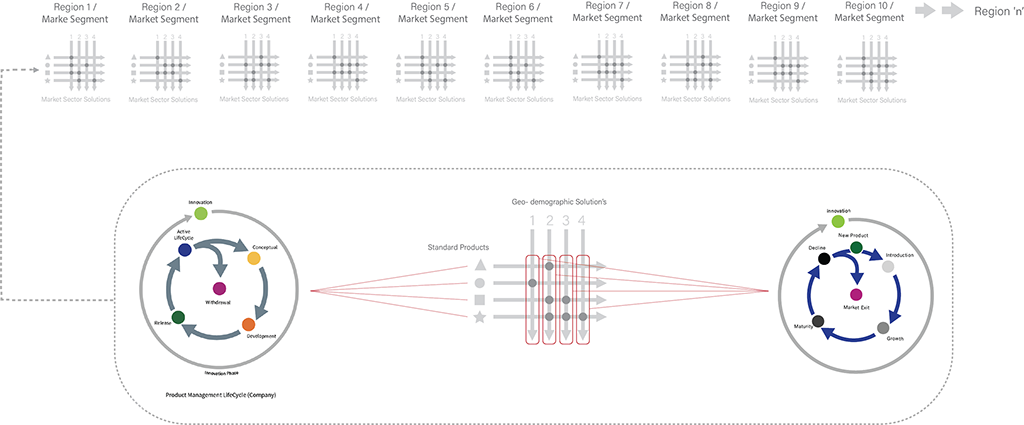
| Programme Business Planning Architecture
The individual phases (1-6) represent the required management activities entitled: Innovation, Conceptual Planning, Development, Release, Active LifeCycle and Withdrawal. Each phase has been mapped against 5 business planning activities: End to End, Fast Track, Cornerstone, Product Manual and Management Report.
The planning process always moves from left to right, however the route taken will depend upon various conditions and proposed outcomes as described below.


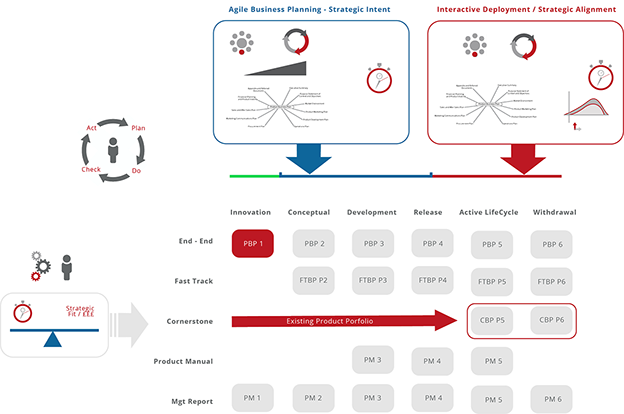

|Programme End To End Business Plan:
End to End as the name suggests is a complete ‘Product Management’ process and begins with innovation and moves progressively through all defined phases. All new (proposed) products joining the planning process will typically be managed using this process.
The ‘Fast Track’ Process, as the name suggests, is specifically designed to meet the requirements of products and services that require a Fast Track to market. The process represents a collection of key processes/tools covering the critical elements only. Entrepreneurs may find this process aligns more to their particular needs, however care must be taken if this route is chosen and will depend upon individual circumstances, as the level of risk may not have been appropriately assessed.
For Product Managers who are working in a more 'traditional' planning framework, strict entry criterion to the Fast Track process ensures that this does not become the norm for all products joining the portfolio. This is due to the additional commercial risk that may be associated with this planning route.
Note:
Once the product has been released (and moves into Active LifeCycle phase) the activity of Product Management would be to the same or very similar to the 'end to end' process as detailed above.
The cornerstone business planning process is designed to accept existing products from a portfolio and enables them to synchronise to the PMM structure as indicated in the diagram above. In other words it enables existing products to effectively parachute into the planning process.
‘Hover and Click’
The Product Manual is a planning document that communicates (internally) the strategic and practical aspects of the product. It is specific to the product itself and is designed to communicate and reinforce the product rationale throughout all functional areas of the company.
The Product Manual is primarily a subset of the ‘Business Plan’ and as such is compiled automatically from the Development Phase onward. Additional materials are then added in the form of scripted presentations and specific ordering procedures etc. which are then compiled. Whenever there is a deviation /change in market strategy and/or core product information, it is communicated through the Product Manual.
‘Hover and Click’
The PMM structure offers genuine benefits for Product Group Managers and Directors, as consolidated reporting and executive summaries provide a comprehensive overview of each product within the planning process.
Management reporting is a dedicated document for communicating the key business / strategic aspects of the product. As the product moves through the defined phases, the management report is automatically maintained and kept up to date with every aspect concerning the strategy and expected performance which is representative of the key areas from the business plan. Essentially the management report can be considered as an active ‘executive summary’ where important information is summarised and communicated.






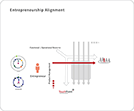
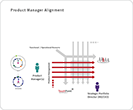
%20mgr%20alignment%203136x115.png?crc=4144507423)
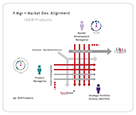
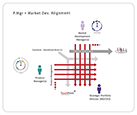
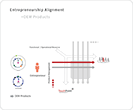
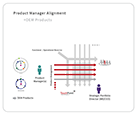
290x51.png?crc=428057808)
